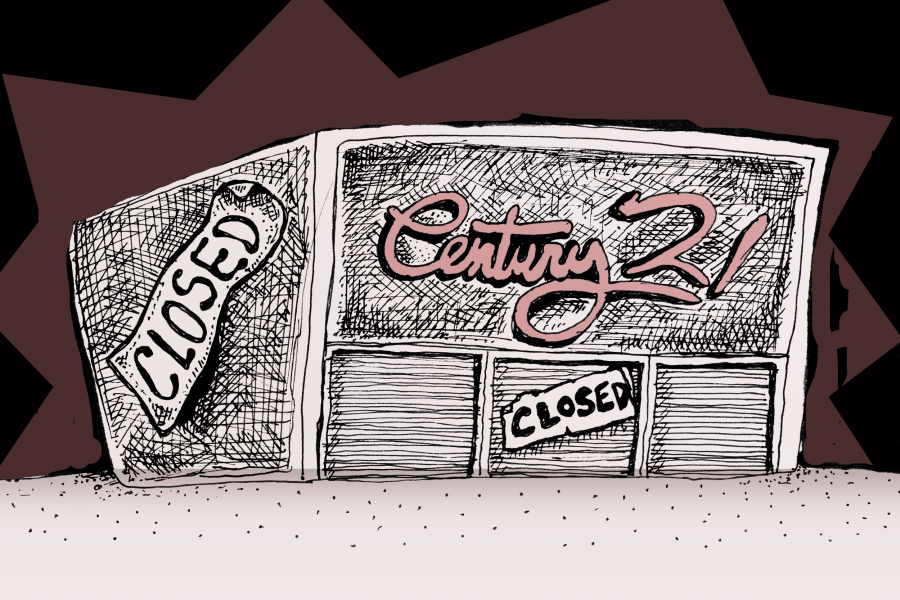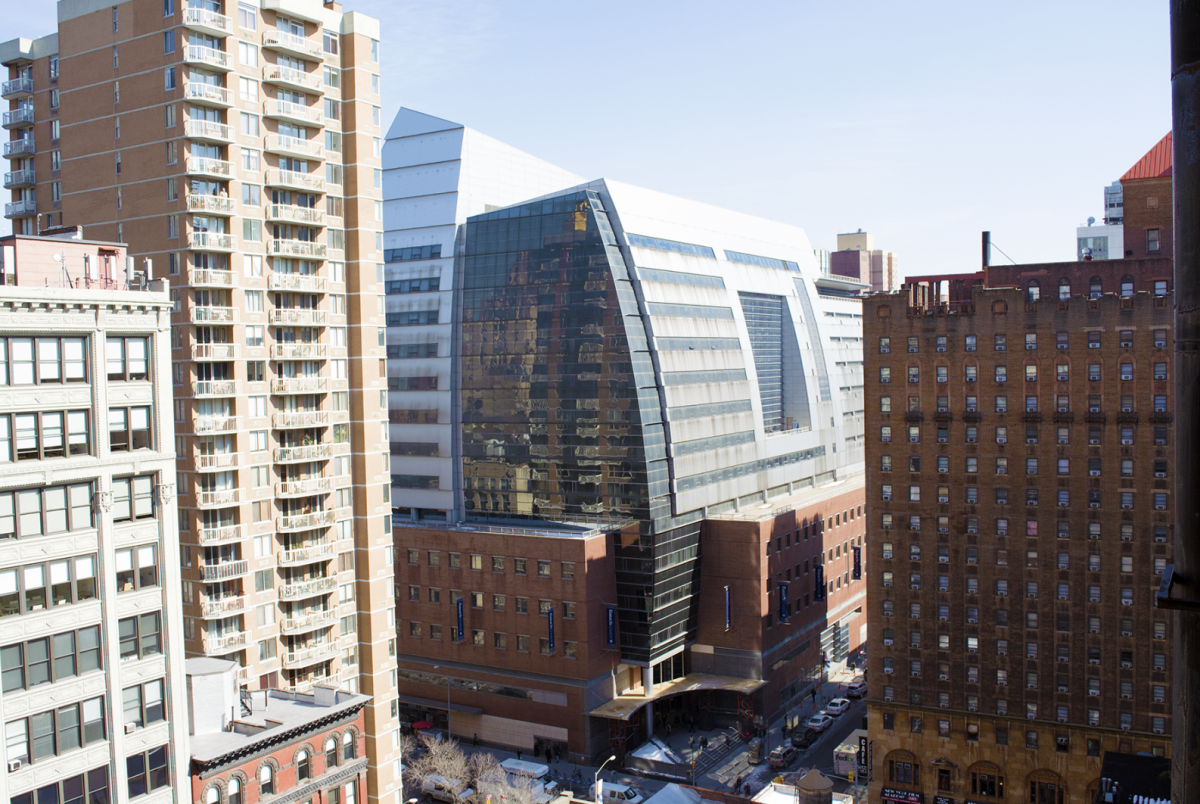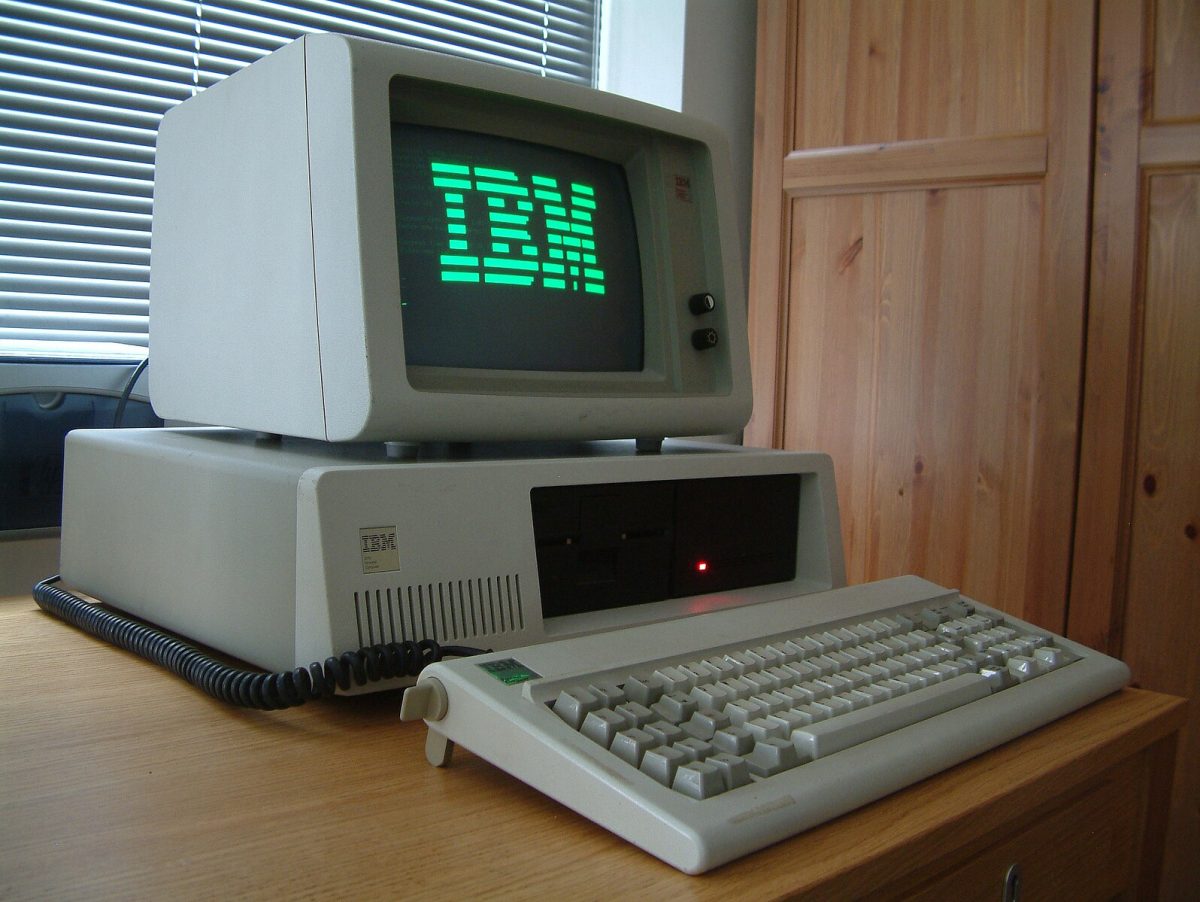The first Century 21 location was created in 1961 in downtown Manhattan and the stores have served as prominent locations for people to find luxury or high-end brands for discounted prices. Now, it is the latest addition to the growing list of retailers that filed for bankruptcy recently, including Modell’s Sporting Goods and Neiman Marcus.
Century 21 became the next casualty because its insurance providers refused to pay approximately $175 million “under policies put in place to protect against losses stemming from business interruption…as a direct result of the COVID-19 pandemic,” the company said in a press release.
“Century 21, across the street from Ground Zero, survived 9/11. It didn’t survive Trump,” The Washington Post critic Peter Marks said in a tweet.
One way Century 21 attempted to address their financial challenge and reduce their expenses was by furloughing about 50% of their workforce, the court filing said.
Even when stores had reopened, “sales continued to be slow” and Century 21 still had “insufficient liquidity to pay vendors and acquire additional inventory,” the documents said.
Consequently, the closure will cause the unemployment of about 1,215 retail and distribution workers and some 175 corporate staff, as the Post reported.
In the press release, co-CEO Raymond Gindi said Century 21 has “paid significant premiums every year for protection against unforeseen circumstances,” to their insurers, but they have “turned their backs” on them in “this most critical time.”
Because of this loss of money, Century 21 created larger deals for shoppers for their going-out-of-business sales that commenced both online and in its stores. Shoppers can no longer purchase items on their website.
Many customers are upset over the store closings. “Hopefully they come back after this pandemic ends and everything goes back to a normal life,” Nasrin Aljahmi said to the Brooklyn Paper.
Members of the fashion community have also expressed their thoughts about Century 21. Specifically, Zac Posen, creative director for Brooks Brothers and designer, told The New York Times that early collections from designers that were sold at the store helped to inspire him. Not only was the insurance posing an issue for the retailers, but the stay-at-home orders also caused a decrease in sales. In fact, because nonessential workers like the retailers had to remain home to curb the spread of COVID-19, this “heightened the pain the industry was already feeling,” according to CNBC. If people are also unemployed, then there is less of an income to spend, thus decreasing sales.
In the filing, Century 21 acknowledged that the retail industry has “been negatively impacted by adverse market trends.” The explanation they gave for why there was a change in trends is due to “the shifting of sales from traditional brick-and-mortar retailers to online retailers.”
The Census Bureau reported the pandemic has led to a decrease in clothing stores. In the advance estimates of U.S. retail and food services sales for August, they found that sales were down 20.4% from last year. Thus, the U.S. could expect more retail store closings because of the uncertainty of the pandemic.







